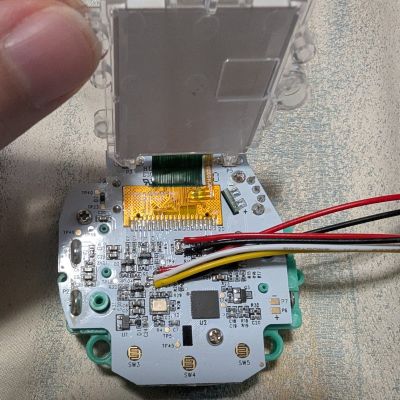Handling large volumes of physical media can be a bit of a chore, whether it’s about duplication or archiving. Fortunately this is a perfect excuse for building robotic contraptions, with the robots for handling optical media being both fascinating and mildly frustrating. When [Shelby Jueden] of Tech Tangents fame was looking at using these optical media robots for archival purposes, the biggest hurdle turned out to be with the optical drives, despite these Aleratec units being primarily advertised for disc duplication.
Both of the units are connected to a PC by USB, but operate mostly standalone, with a documented protocol for the basic unit that makes using it quite easy to use for ripping. This is unlike the larger, triple-drive unit, which had no documented protocol. This meant having to sniff the USB traffic that the original, very limited, software sends to the robot. The protocol has now been documented and published on the Tech Tangents Wiki for this Aleratec Auto Publisher LS.
Where [Shelby] hit a bit of a brick wall was with mixed-media discs, which standalone DVD players are fine with, but typical IDE/SATA optical drives often struggle with. During the subsequent search for a better drive, the internals of the robot were upgraded from IDE to SATA, but calibrating the robot for the new drives led [Shelby] down a maddening cascade of issues. Yet even after making one type of drive work, the mixed-media issue reared its head again with mixed audio and data, leaving the drive for now as an imperfect, but very efficient, ripper for game and multimedia content, perhaps until the Perfect Optical Drive can be found.
Continue reading “Reverse-Engineering Aleratec CD Changers For Archival Use”




















